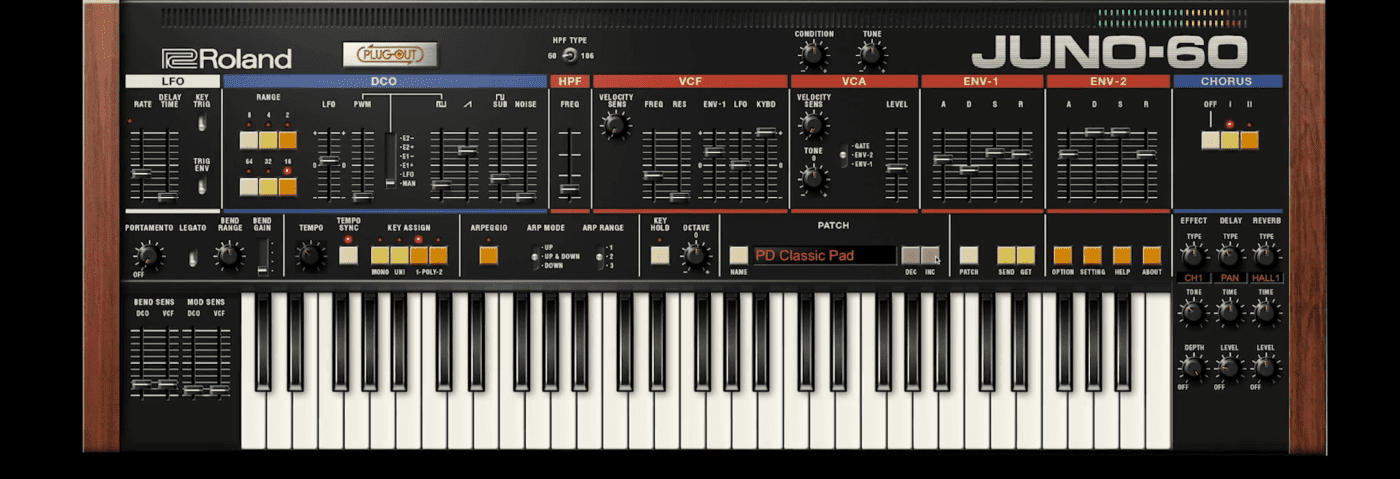We highlight our favourite new gear and software from NAMM 2021.
If it’s January it must be the winter NAMM show. This year, however, the National Association of Music Merchants convention happened online under the name Believe In Music. From January 18 to 22, the show was virtual, both on the event page and via sites like YouTube. Whilst this naturally led to a reduced number of attendees, there were still plenty of big-name releases, both officially and from those timing announcements to happen during the week.
Here are our picks of the most exciting announcements from the show. While we haven’t actually been able to lay our hands on them yet – the show was virtual, after all – these are the products that look the most promising.
Korg modwave
Korg must surely take the prize for the most exciting announcements at this year’s NAMM. Within just a few days, they revealed the ARP 2600 M and miniKorg 700 S and teased a Drumlogue, wavestate SE, and VR Gadget. But the announcement that has us the giddiest is the modwave, a wavetable synthesizer.
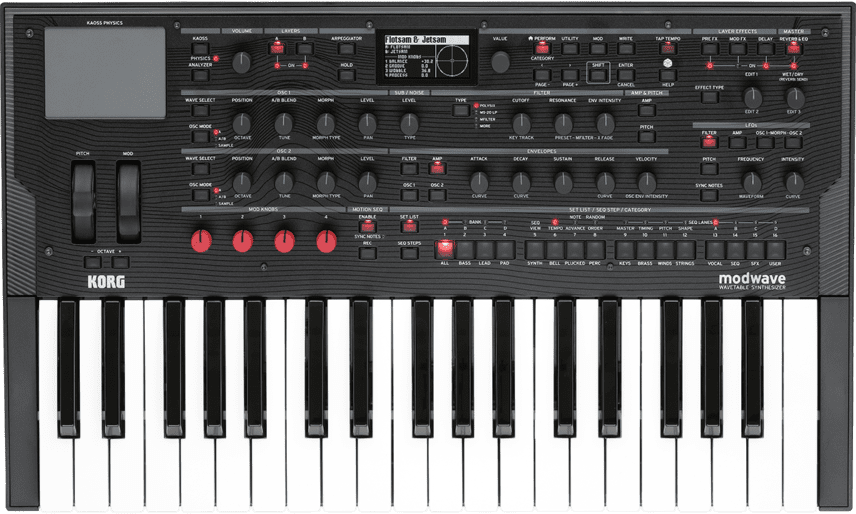
Inspired by the company’s 1985 DW-8000 digital hybrid polysynth, modwave combines wavetables with (digital) filters and throws in a bunch of unusual and unexpected functionality, all in a similar housing to the company’s recent wavestate and opsix instruments.
Just check these features: 200 wavetables, each containing up to and 64 waveforms; more than 30 Modifiers, 13 Morph types, and the ability to blend between any two wavetables. And that’s just the oscillator section. There are a dozen filter types, including models of the MS-20 and Polysix, plenty of modulation sources, motion sequencing, Kaoss Physics, and 32 notes of polyphony.
We profess to be big wavetable synthesis fans and cannot wait to try one out.
Price has yet to be announced but it’s safe to say it will probably be in line with the opsix and wavestate at around €750. See the Korg site for more information.
IK Multimedia UNO Synth Pro
One of the pre-show announcements, IK Multimedia’s two UNO Synth Pro units are upgrades from the company’s original UNO Synth. The lineup will feature two machines, the UNO Synth Pro Desktop (€399.99) and UNO Synth Pro (€649.99).
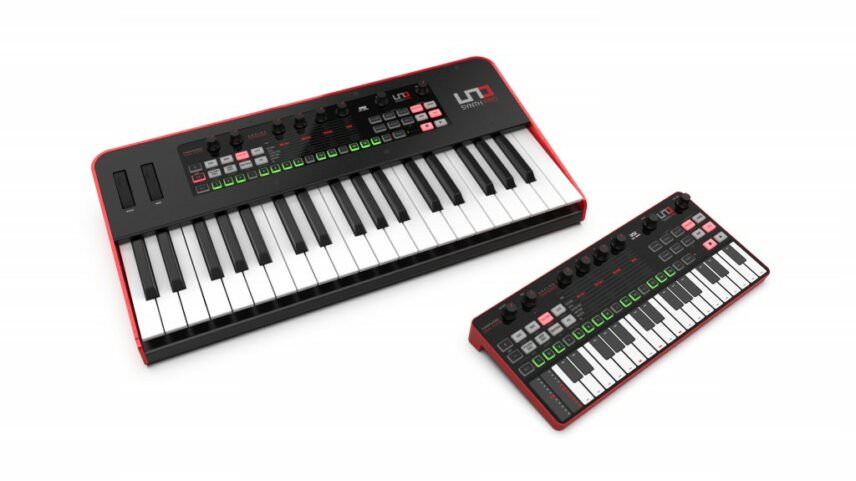
Both units feature oscillators with continuously variable waveshapes as well as pulse width modulation, sync, FM and ring modulation. They’re paraphonic, with dual state variable filters with 24 modes. The first filter is the original UNO Synth OTA filter while the second is a new SSI-based filter with self-oscillation. There’s also a 16-slot modulation matrix, effects, a 64-step sequencer and arpeggiator. The larger Synth Pro unit sports a 37-key Fatar keybed with aftertouch while the Desktop model has a MicroFreak-style capacitive touch plate.
Judging by the demos, the synth sounds great. We weren’t so impressed with the original UNO Synth but this one has us intrigued.
The two units are available now for pre-order. Check out the IK Multimedia site for more.
Behringer Blue Marvin And Gray Meanie 2600s
Just a few years ago an original ARP 2600 was one of the more difficult vintage synthesizers to get your hands on. Now there are at least five mass-produced versions on the market: Korg’s (sadly sold out) ARP 2600 FS and just-announced ARP 2600 M, Behringer’s own 2600, and now two more, Blue Marvin and Gray Meanie editions.
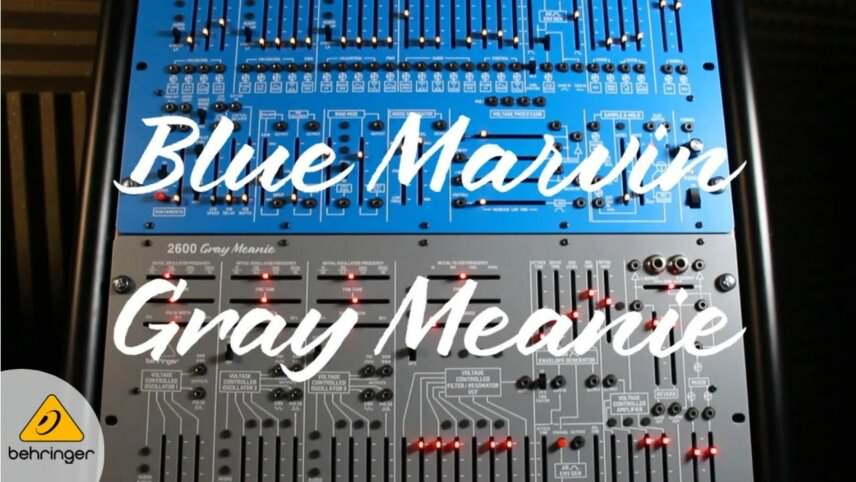
The two new revisions are based (at least cosmetically) on early ARP prototypes. While the layout and functionality of the two appear to be identical to the first Behringer 2600, these two new editions will have some differences. The biggest variation is of course the change in slider LED colour, from multicolour to a more stately white. LED brightness is also adjustable. Inside, they’ll be getting a component upgrade as well as a real mechanical spring reverb to replace the DSP version.
Both the Blue Marvin and Gray Meanie will sell for $699 ($100 more than the base-model 2600) and are expected to start shipping in February of this year.
Check out the site for more.
Playdifferently Model 1.4
Now here’s something lovely. Designed in concert with the legendary Richie Hawtin, the new DJ mixer MODEL 1.4 from PLAYdifferently expands on the success of the original MODEL 1.
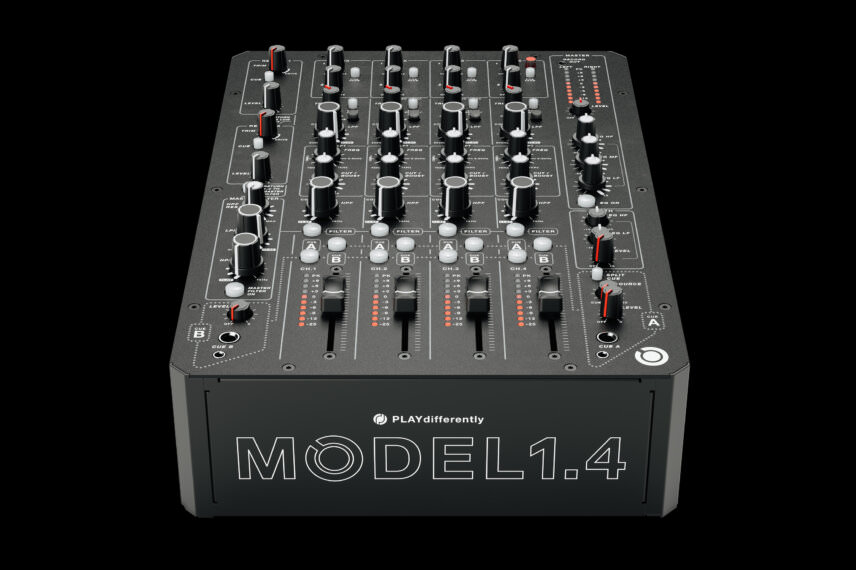
The all-analogue MODEL 1.4 incorporates feedback from artists, clubs and engineers to build on the feature-set of the original, which combines elements of both DJ and studio mixers. These include two High Performance Phono Preamps, Studio-grade TKD 60mm Faders, a three-band Master EQ and two-band Booth EQ, contouring low and high pass filters, Master low & high pass resonant filters, analogue overdrive, two independent Cue systems, Mixer Link for linking multiple mixers and D-Sub In/Out.
With four channels, MODEL 1.4 is more compact than its predecessor, and also has a lower price point of $2,299/€2,199.
MODEL 1.4 is expected to ship in January. Visit the PLAYdifferently product page for more information.
Sequential Prophet-5 and 10 Desktop Modules
Just because we knew they were coming that doesn’t make them any less welcome. Dave Smith’s Sequential has followed up the much-talked-about re-release of the Prophet-5 (and Prophet-10) with two desktop versions. Dubbed (unsurprisingly) the Prophet-5 and 10 Desktop Modules, they will have polyphony counts to match their names.
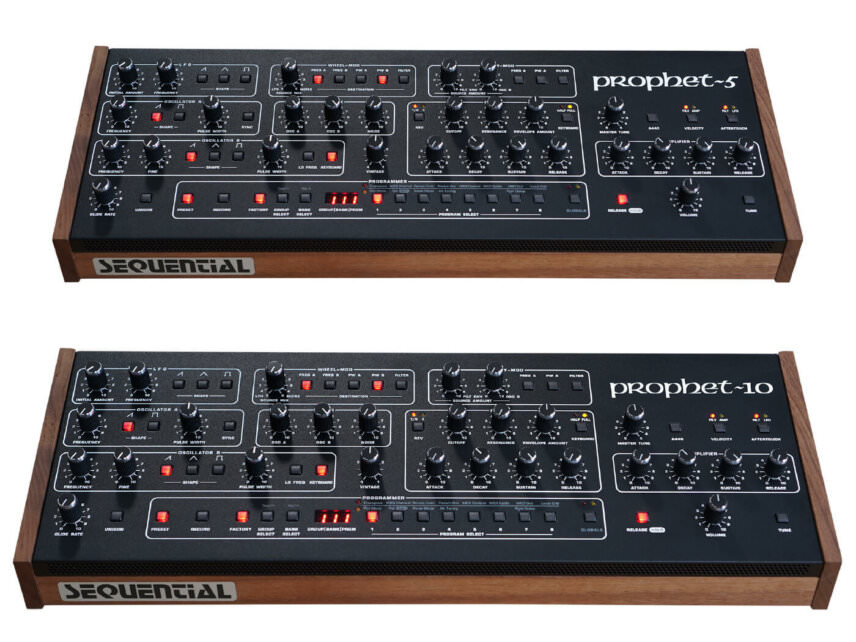
Aside from the lack of keys (and lower price), the modules will be exactly the same as their full-size counterparts. This includes all that vintage sound as expressed through the Vintage knob. As Sequential explain, “Use it to dial in as much old-school randomness as you’d like. Go from a very stable 4 – as in Prophet-5 Rev4, which is how we refer to the new version in house – all the way to 1, as in Prophet-5 Rev1, the rarest and most temperamental of all Prophet-5s”.
The Prophet-5 Desktop Module ($2499) and Prophet-10 Desktop Module ($3299) are now available for pre-order. See the Sequential site for more.
ADDAC System ADDAC112 VC Looper & Granular Sampling
Eurorack has never had the greatest presence at NAMM (that’s usually reserved for Knobcon and Superbooth) but there were still a few interesting modular tidbits this year, including this one.
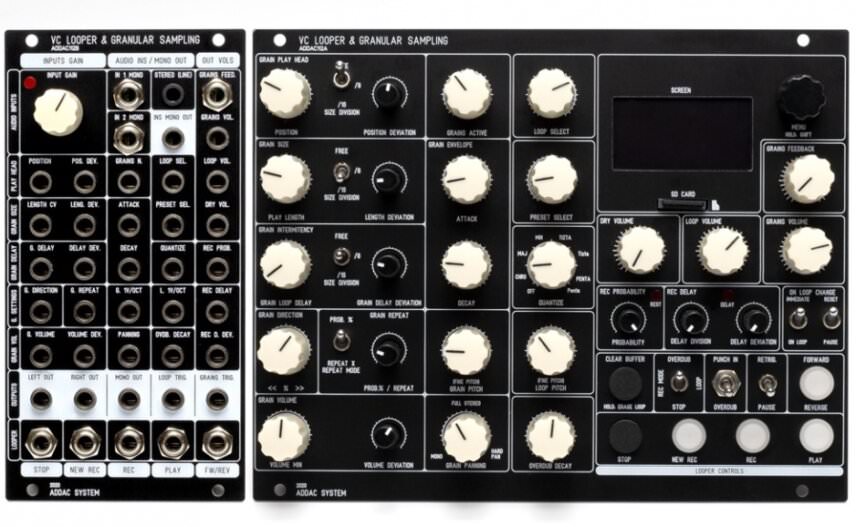
Portuguese company ADDAC announced the ADDAC112, a two-module Eurorack set for handling looping and granular sampling. The ADDAC112A is in charge of control while ADDAC112B handles audio and CV ins and outs.
Start with the looper. Feed it live audio and record overdubs and play loops. Recordings get added to a list to be accessed later. There are different record modes as well as record delays and probability. Next comes the granular engine. Play head position, grain size, pitch, direction, panning and more can all be controlled via voltage.
The set will be available in March for €540. Head over to the site for more.
Spitfire Audio Contemporary Drama Toolkit
UK sample library company Spitfire Audio announced the Contemporary Drama Toolkit this past week. Again made in collaboration with composer Samuel Sim and a sequel of sorts to the British Drama Toolkit, the new kit is a Kontakt-based library aimed at modern film and television composers.
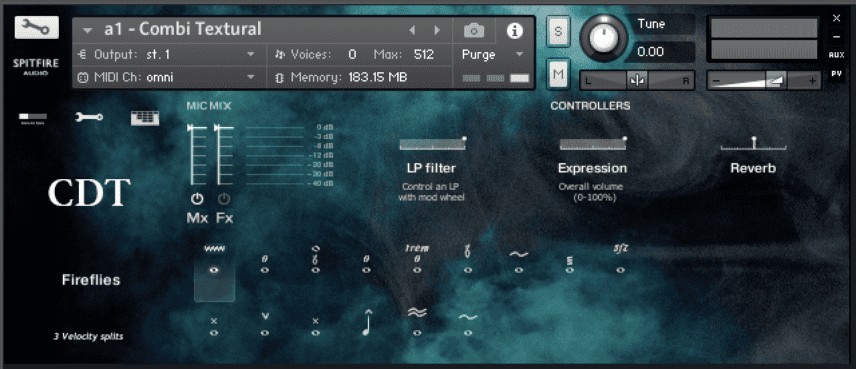
While most sample libraries require a certain level specialist knowledge to get the most out of, Contemporary Drama Toolkit was designed to be easy to use, almost like an instrument in itself rather than a collection of articulations and round robins. It also has a unique sound, with its 72 individual instrument patches and 44 combinations containing both orchestral – violins and cellos – and samples of synths like the MS-20 and Roland Juno-6.
We’re hoping to give the library a try and see how it works as a way to add drama and interest to non-film score productions.
Contemporary Drama Toolkit is available now for $149 (the price will go up to $199 after February 11, 2021). See the Spitfire Audio site for more information.
Roland Cloud Juno-60
Roland surprised us with a mention of a software Juno-60, coming soon to the Roland Cloud and plug-out synths such as System-8.
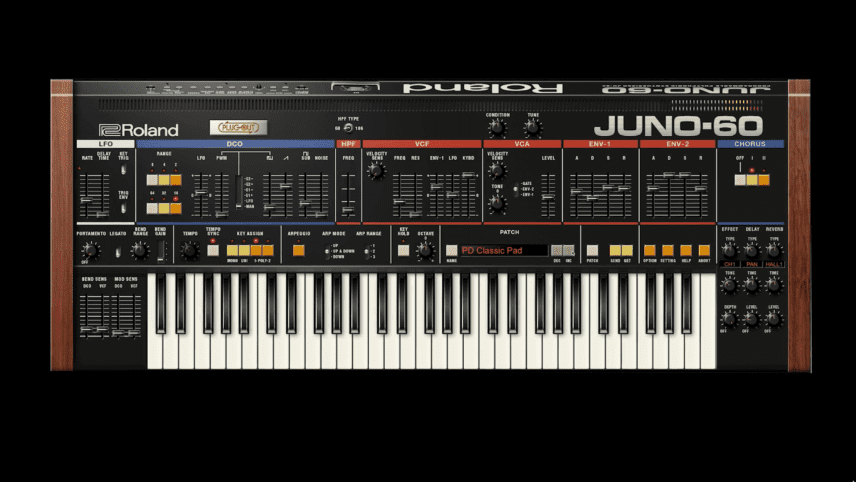
The Juno-60 is one of the last of the classic Roland analogue polys to make it to the Cloud. The synth was originally released in 1982 and its single DCO-sound is still very much in vogue. The Cloud version will see all of its classic functionality ported over, including the famous 24dB/octave lowpass filter and chorus. Additionally, it will include two highpass filters, bot the original and the Juno-106 version. As with other Cloud ports, it will feature effects and a ‘condition’ knob for introducing analogue-style sound variation.
It’s nice to see that the System-8 is still being supported, although we were hoping for a ZEN-Core port to use in the Jupiter X/X-m as well. However, the latter is a different synthesis system (the Cloud’s Analog Circuit Behavior versus ZEN-Core’s Analog Behavior Modeling) so it does make sense that a ZEN-Core version wouldn’t arrive at the same time.
Price and availability have yet to be announced. Visit the Roland Cloud site for more.
EarthQuaker Devices Astral Destiny Pedal
Astral Destiny is a modulated reverb pedal from EarthQuaker Devices and it sounds just heavenly. Think huge ambient reverbs with modulation and octave effects.
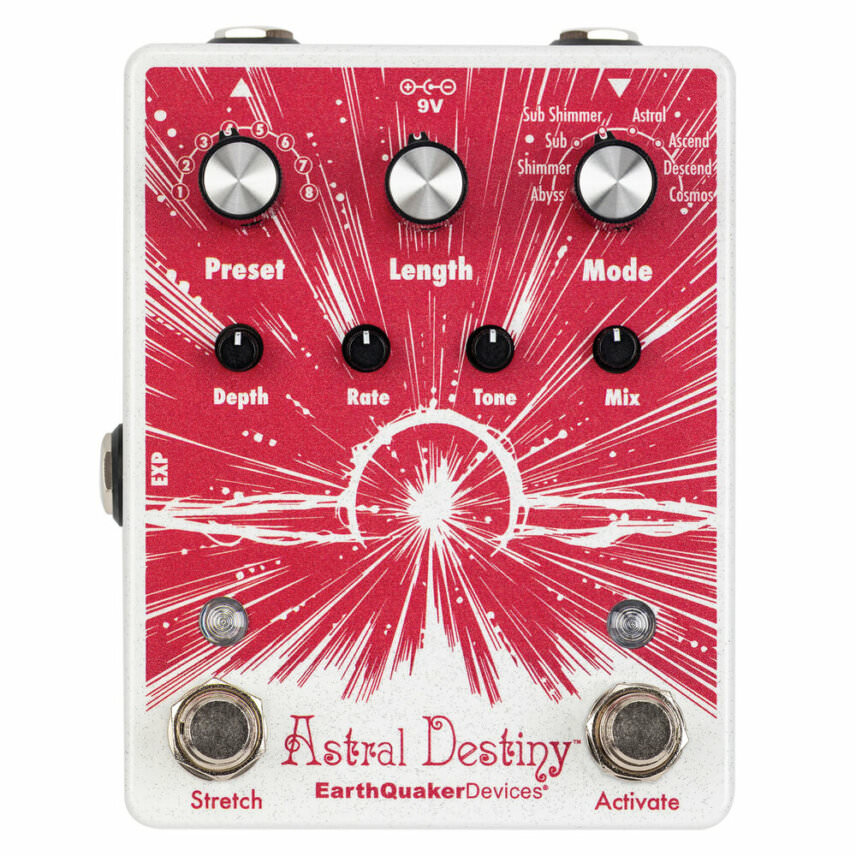
EarthQuaker Devices are probably best known as a guitar pedal manufacturer but as with other pedal companies like Strymon, their effects units play well with synthesizers too. In fact, the intro video for Astral Destiny spends quite a bit of time showing off how it sounds with synths.
The pedal gives you control over the usual features like length, depth, rate, tone and mix as well as a Stretch effect, which doubles the length of the reverb and introduces pitch bend effects. It’s the reverb modes, though, that really show what this unit can do. Abyss is reverb minus any pitch effects, Shimmer throws an upper octave onto the reverb tail, Sub adds a lower octave to the tail, Sub Shimmer applies both upper and lower octave effects, Astral does the same and adds a regenerating tail, Ascend has upward pitch bending, Descend does the opposite, and Cosmos provides a regenerating fifth to the tail.
The price is a very enticing $199. See the product page for more.
